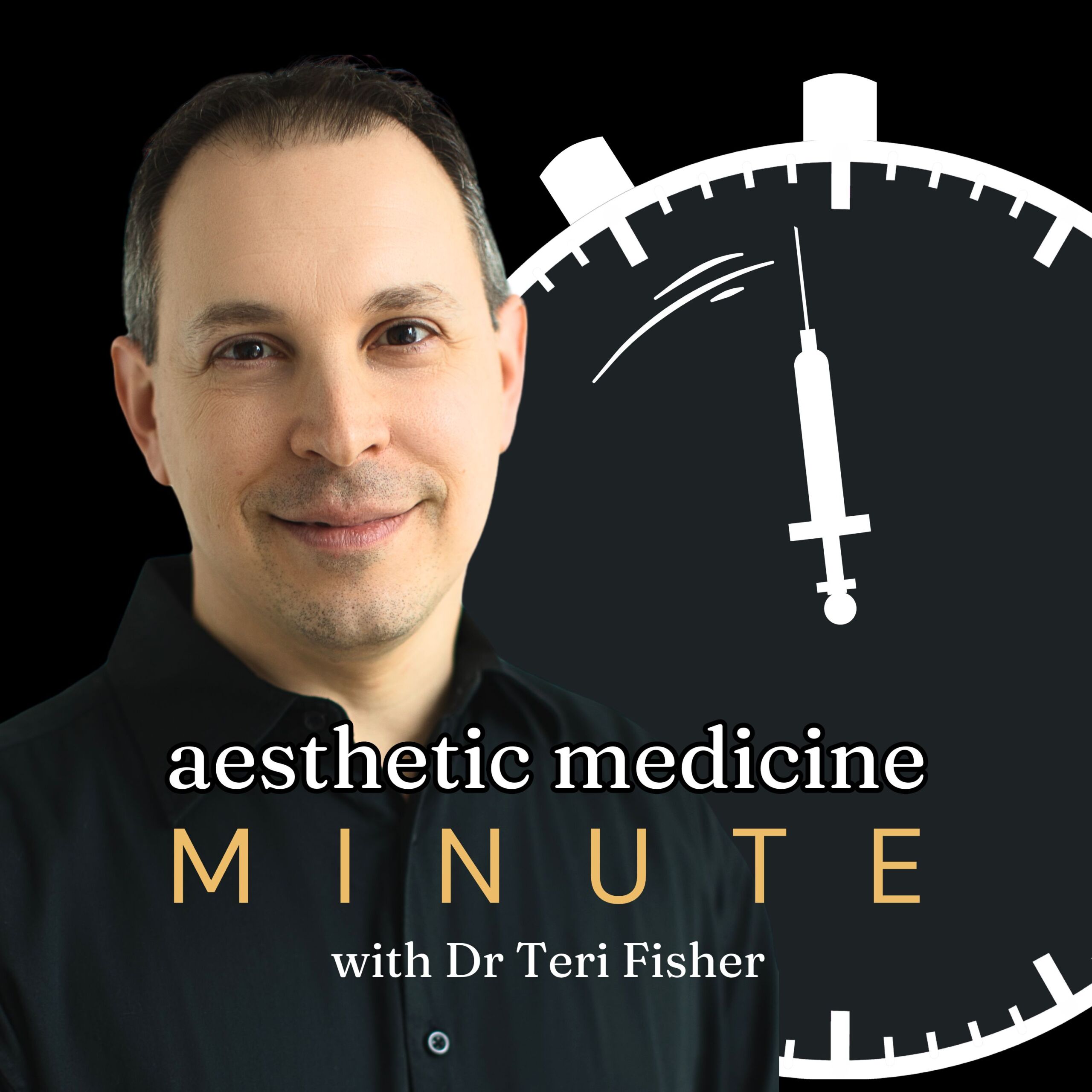
AMM 166: AI Revolution in Tear Trough Diagnosis
August 11, 2024
In this episode of “Aesthetic Medicine Minute,” the team explores the intersection of artificial intelligence and aesthetic surgery, focusing on tear trough deformity (TTD). Listeners will learn about a pioneering digital image grading model that uses smartphone photography and AI deep learning to improve the accuracy of TTD diagnostics and treatments. The discussion includes insights into a study with 983 photos evaluated by the MAIA medical AI software, revealing promising results in reducing diagnostic errors. This episode is particularly valuable for less experienced surgeons looking to enhance their clinical decision-making with advanced technology.
Quick Takes
- AI technology is being utilized to streamline diagnostics and treatments for tear trough deformity (TTD) in facial rejuvenation.
- A recent study developed a digital image grading model using AI deep learning technology to enhance the accuracy of TTD assessments.
- By utilizing a smartphone-based photography technique and medical AI assistant software, the study showed potential to significantly reduce errors in diagnostic assessments for TTD.
Episode Transcript
Welcome to today’s episode of “Aesthetic Medicine Minute”. Today, we’re diving into the innovative intersection of artificial intelligence and aesthetics, specifically regarding tear trough deformity (TTD), a common challenge in facial rejuvenation. With the abundance of classification systems for TTD posing challenges, especially for less experienced surgeons, artificial intelligence is stepping in to streamline and enhance the accuracy of diagnostics and treatments.
A recent study has pioneered a reliable digital image grading model for TTD. Using a smartphone-based photography technique enhanced by AI deep learning technology, this model aims to significantly reduce errors and aid surgeons during clinical exams and decision-making processes. It’s particularly crafted to support those newer to the field or from the younger generation of surgeons.
In an impressive setup, the study utilized 983 photos from 504 patients, with all images standardized using the same smartphone. These photos were evaluated using the medical AI assistant software, MAIATM, following Barton’s grading system for TTD. The results? The training model showed a sensitivity of 56% and specificity of 87.3%, while the testing group reported a sensitivity of 49.3% and specificity of 85%. This highlights the potential of this AI-supported method to enhance the accuracy of TTD assessments.
This is the first study to demonstrate that TTD can now be categorized conveniently through a smartphone camera combined with AI. For surgeons, especially those less experienced, this technology can make a substantial difference in reducing diagnostic errors in clinical settings.
As we continue to watch the exciting developments at the crossroads of technology and medicine, today’s discussion underscores the significant impact AI can have in the field of aesthetic surgery. Join us again next time to explore more advancements in aesthetic medicine that are helping to enhance patient care and surgical precision. Until then, take care and stay informed!
